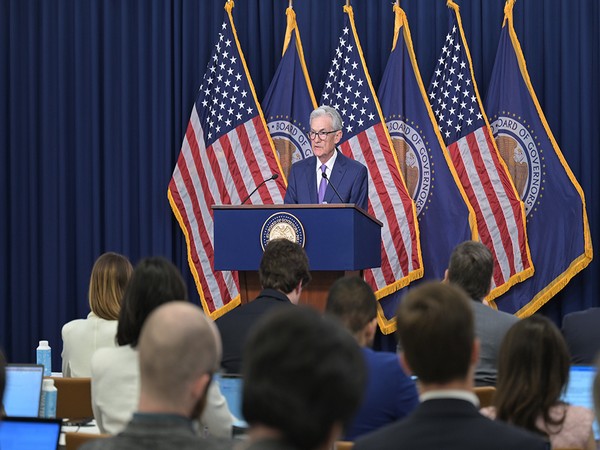The Federal Reserve, in its most recent meeting, has opted to maintain the federal funds rate at a range of 5.25 to 5.5 percent for the eighth consecutive time. The Fed’s decision was influenced by data indicating a moderation in job gains and a slight increase in the unemployment rate, although it remains relatively low. The committee reaffirmed its commitment to achieving maximum employment and a long-term inflation rate of 2 percent, with risks to these goals becoming more balanced. However, the economic outlook is still uncertain, prompting the Fed to be cautious about the risks to both sides of its dual mandate.
Moving forward, the Federal Reserve will carefully evaluate incoming data, evolving economic conditions, and the balance of risks. The committee stated that it does not foresee reducing the target range until it is confident that inflation is moving steadily toward its 2 percent objective. Additionally, the Fed plans to continue decreasing its holdings of treasury securities, agency debt, and agency mortgage-backed securities. The central bank is dedicated to returning inflation to its 2 percent goal and will closely monitor various factors such as labor market conditions, inflation pressures, and international developments to determine the appropriate monetary policy stance.
The Federal Reserve’s decision to keep the federal funds rate unchanged comes amidst an environment of solid economic expansion in the U.S. Recent data indicates that economic activity is continuing to grow at a robust pace. The committee’s focus remains on achieving its objectives of maximum employment and a 2 percent inflation rate while considering the evolving economic landscape and potential risks. The Fed is committed to closely monitoring trends and developments to make informed decisions regarding monetary policy.
In its announcement, the Federal Reserve highlighted its commitment to supporting its objectives by maintaining the target range for the federal funds rate. With a cautious outlook on the economic situation, the Fed emphasized the need to carefully assess incoming information to determine the appropriate policy stance. While risks to the economic outlook are becoming more balanced, the committee remains vigilant about potential uncertainties. The Fed’s decision reflects its dedication to fostering a stable economic environment while addressing challenges and uncertainties in the financial landscape.
The Federal Reserve’s decision to keep the federal funds rate steady underscores its commitment to achieving its objectives of maximum employment and stable inflation. By maintaining the target range and closely monitoring economic indicators, the Fed aims to support sustained economic growth while managing risks effectively. The central bank’s proactive approach to assessing data and evolving conditions demonstrates its commitment to making informed decisions that contribute to a healthy economic environment. With a focus on achieving its goals and managing risks, the Federal Reserve remains a key player in shaping monetary policy to support long-term economic stability.











